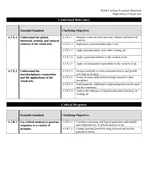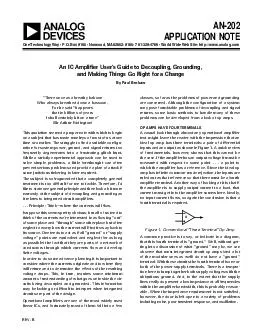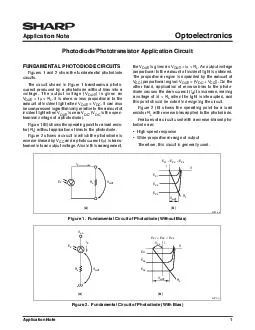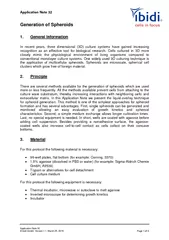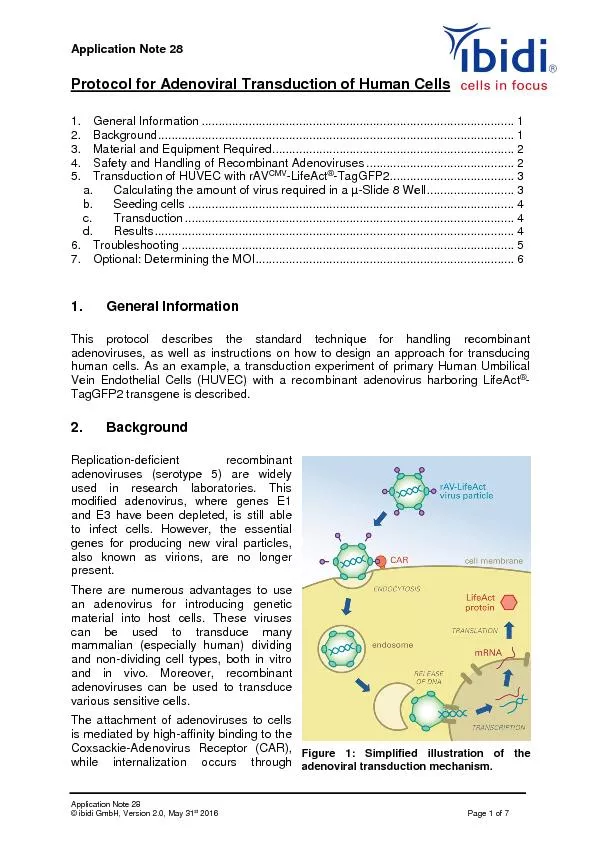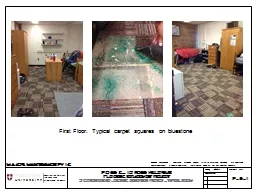PDF-ZyGEM APPLICATION NOTE
Author : olivia-moreira | Published Date : 2017-02-26
Z01073 109 Introduction Whilst DNA quantification prior to PCR amplification is routine practice many types of PCR analysis are sufficiently robust to work across
Presentation Embed Code
Download Presentation
Download Presentation The PPT/PDF document "ZyGEM APPLICATION NOTE" is the property of its rightful owner. Permission is granted to download and print the materials on this website for personal, non-commercial use only, and to display it on your personal computer provided you do not modify the materials and that you retain all copyright notices contained in the materials. By downloading content from our website, you accept the terms of this agreement.
ZyGEM APPLICATION NOTE: Transcript
Download Rules Of Document
"ZyGEM APPLICATION NOTE"The content belongs to its owner. You may download and print it for personal use, without modification, and keep all copyright notices. By downloading, you agree to these terms.
Related Documents



